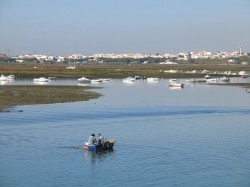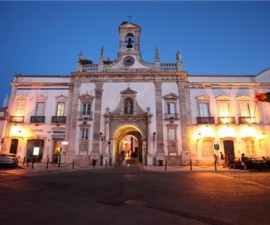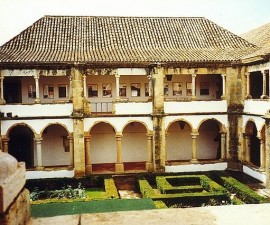Spanning some 60km of the eastern flank of the 200km coastline of southern Portugal lies the Ria Formosa Natural Park. Recently declared one of the country’s seven great natural wonders, the Ria Formosa Natural Park is formed by a series of sandspits creating a lagoon and wetlands that separate the mainland from the rolling waves of the Atlantic Ocean.
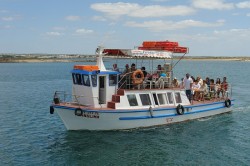
This is one of the Algarve’s outstanding areas of natural beauty and ecological interest, home to a variety of ecosystems, rare bird life and a variety of marine species.
Tidal and seasonal fluctuations mean that the lagoon is constantly changing, both in its habitat conditions and in the way that it looks, with areas entirely submerged on one visit only to be dry and exposed on another. No matter what the season, a visit to the Ria Formosa is always a delight and Faro is the perfect starting point for your trip.
There are many ways to explore the area, but perhaps the most satisfying is on board a small tour boat, which enables you to cover maximum ground within the time you have available, in comfort and with the services of an experienced multilingual guide to provide background information and help you get the most out of your trip.
Boat trips out to the Ria Formosa can be organized from the Arco da Porta Nova, one of the main arches at the edge of the Old Town that marks the point where old meets new and the city meets the water. Several operators vie for business here and at other points of departure but in general all are professionally run, safety-conscious and reliable. Expect to spend around €30 – €50 per adult for a full day tour and check if lunch is included or whether the boat will be making a lunchtime stop at one of the island-based restaurants or cafés for visitors to buy their own refreshments. Prices for children are usually half the adult rate, and under-sevens generally go free.
As you head out on your trip, you can expect your guide to fill you in with some background information on the park, its objectives and its main points of interest. In Roman times the area was a major salt production site and agricultural centre, generating great riches for the Roman city that formerly stood on the site of modern-day Faro.
Today the area is still used commercially for mussel and oyster farming and one of its key objectives is to preserve and continue to develop its natural resources for the benefit of the country and the local people. Alongside this the park aims to preserve the natural wildlife habitats that exist there, and to this end there is a strong emphasis on using traditional methods in order not to disturb the balance of its naturally occurring ecosystems.
The park consists of two peninsulas – Ancão and Cacela and five “barrier” islands – Barreta, Culatra, Armona, Tavira and Cabanas. It is impossible to cover the entire area in a single day, so it is advisable to check with the various boat tours on offer to establish their itinerary and choose the one that covers the areas that are of most interest to you. Leaving from Faro you can usually expect to visit the Barreta and Culatra islands via the interwoven waterways that separate them from the mainland.
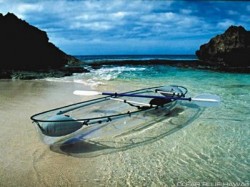
Aim to take a boat that leaves at low tide as this will afford you the best bird viewing as you make your way out over the wetlands. Most boats will have binoculars for hire or use on board and you can expect your guide to give you helpful information and assist you with identifying various species.
The Ria Formosa is one of Portugal’s leading areas for aquatic birds and hosts some 20,000 at peak times during the winter season as well as being a stop-off point for many as they migrate between Europe and Africa. Look out for the Purple Swamphen, the official symbol of the natural park, as well as the colourful flamingos that stand alert as you pass. Shellfish are found here in abundance as are seahorses along with more unusual species such as the chameleon and Portugal’s unique Water Dog with its webbed feet.
There are many varied habitats within the park including freshwater lagoons, saltpans, tidal flats, sand dunes, marshes and woodlands, as well as some delightful flat sandy beaches on which to rest and relax before taking a refreshing dip in the warm azure waters. Once you have had your fill of freshly caught lunchtime fish, beautiful flora and fauna and natural tranquility, your boat will bring you back to Faro shortly before sunset, just in time to enjoy a cool beer in the marina as you watch the sun dip down over the horizon.
